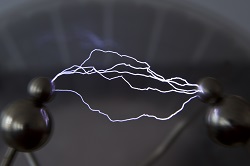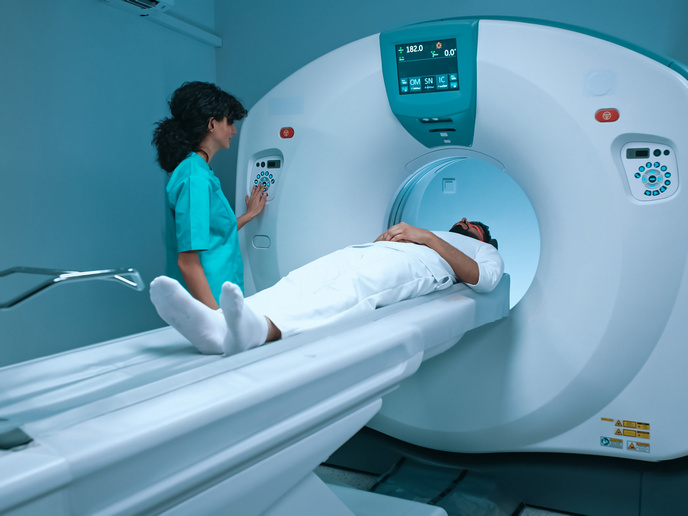Spintronics advancing next-generation electronics
A team of physicists from five European universities have devised a means of using spin currents to process information without the motion of electrical charges. The research, carried out under the EU-funded INSPIN project, represents a significant advance in the emerging field of spintronics — the study of the properties of the electron spin — which could pave the way for new alternatives to conventional electronics in the future. Magnons, the quasiparticles which are associated with the excitations of magnetic materials known as spin waves, are seen as an interesting candidate for carrying information as they have a low rate of energy dissipation. New way of carrying information The INSPIN team has spent the past three years devising ways of detecting, manipulating and transporting spin currents inside magnetic insulators. ‘A magnon … behaves like a particle although it is actually a wave and that is what carries the information,’ says Arne Brataas, project coordinator and professor of physics at the Norwegian University of Science and Technology. ‘By manipulating this wave, we can change the way that we can manipulate and transport information.’ In order to work, this new kind of insulator spintronics must be able to be seamlessly integrated with conventional electronics. Finding the right interface between the insulator and metal was therefore vital. ‘The biggest challenge was to convert the electrical signal into this spin signal inside the insulator and the related process to extract it – how to get the signal in and out,’ says Prof Brataas. ‘This was difficult because at the start of the project we didn’t know which mechanism responsible for transferring the information from the electrical charge to the spin was dominant.’ The team also explored whether different combinations of materials would make the conversion more or less efficient. ‘Many different kinds of materials were explored, but what we found was that the conversion is quite robust so it doesn’t depend so much on the type of material,’ says Prof Brataas. Less heat The fact that this new way of transporting information is accompanied by very little dissipation of energy is significant. With devices based on conventional charge-based electronics, the smaller they become the harder it is to avoid them overheating. ‘One of our motivations in doing this is to find ways to process information that generate less heat,’ says Prof Brataas, ‘so if we can make it low power, that means we can generate signals without generating a lot of heat.’ Three years from the start of the project the INSPIN team has achieved its main aim of using a completely different entity for carrying information by making a transistor that works entirely based on spin. Although INSPIN has finished, the researchers involved will continue exploring this area of fundamental science and to continue developing what they believe has the potential to become a revolutionary, disruptive technology in the future.
Keywords
INSPIN, spintronics, spin currents, magnons, magnetic insulators, energy dissipation







